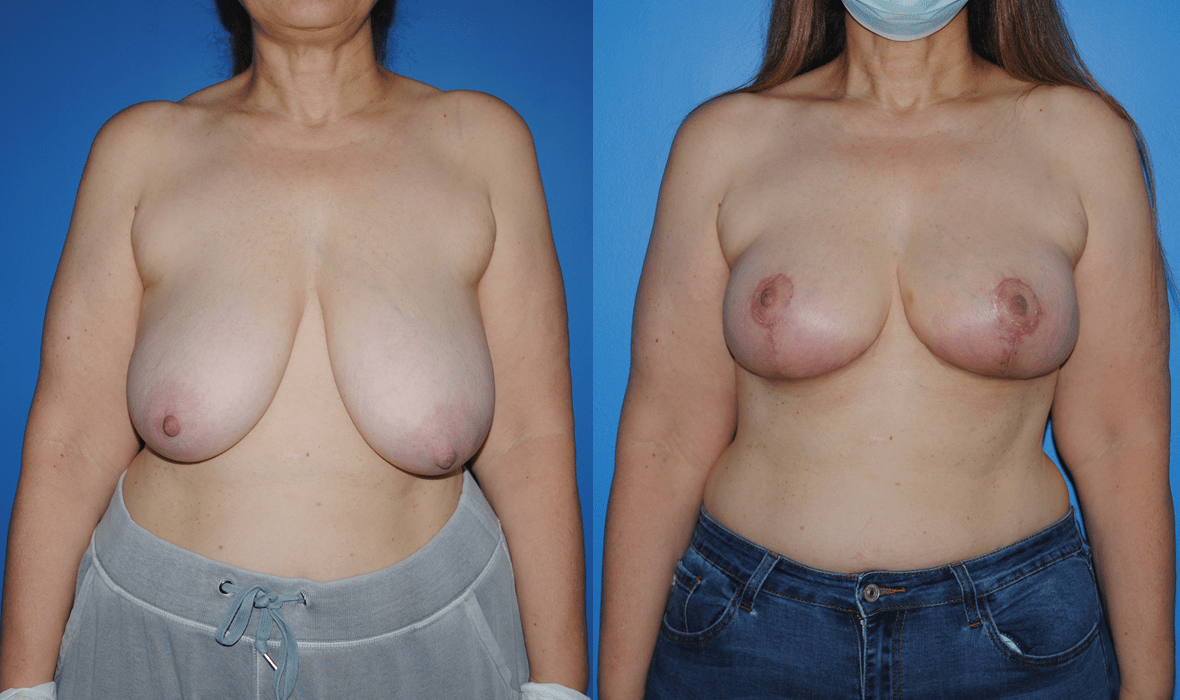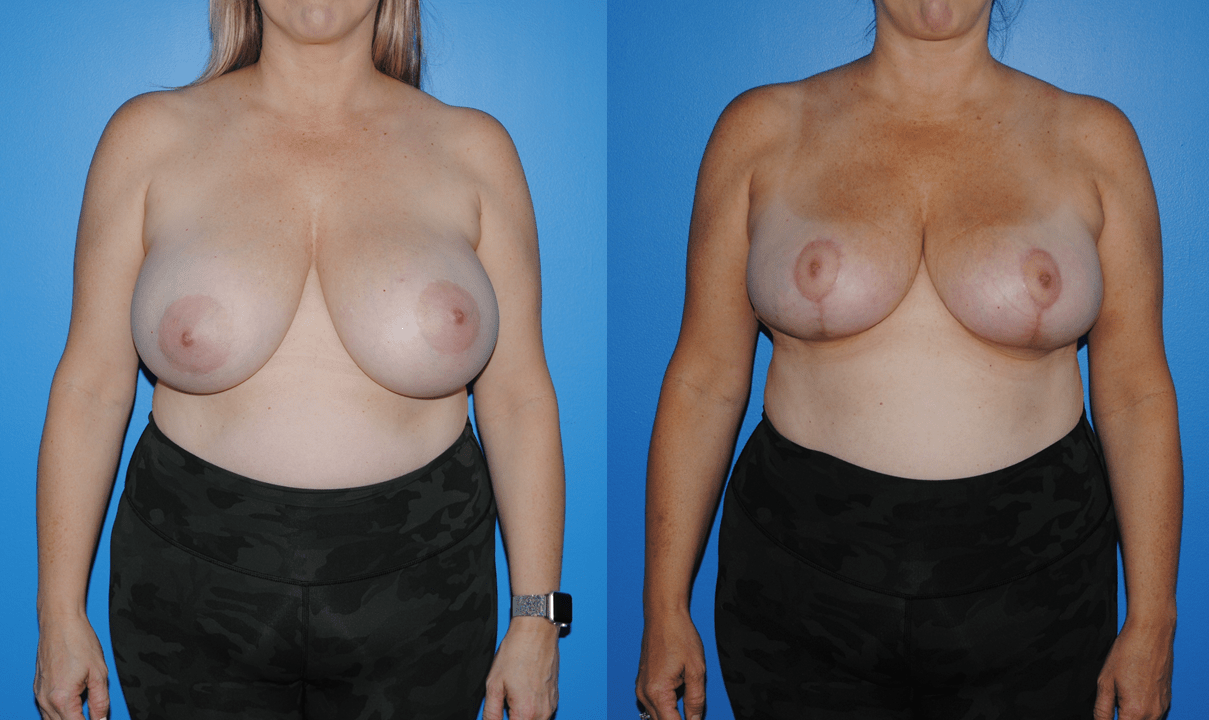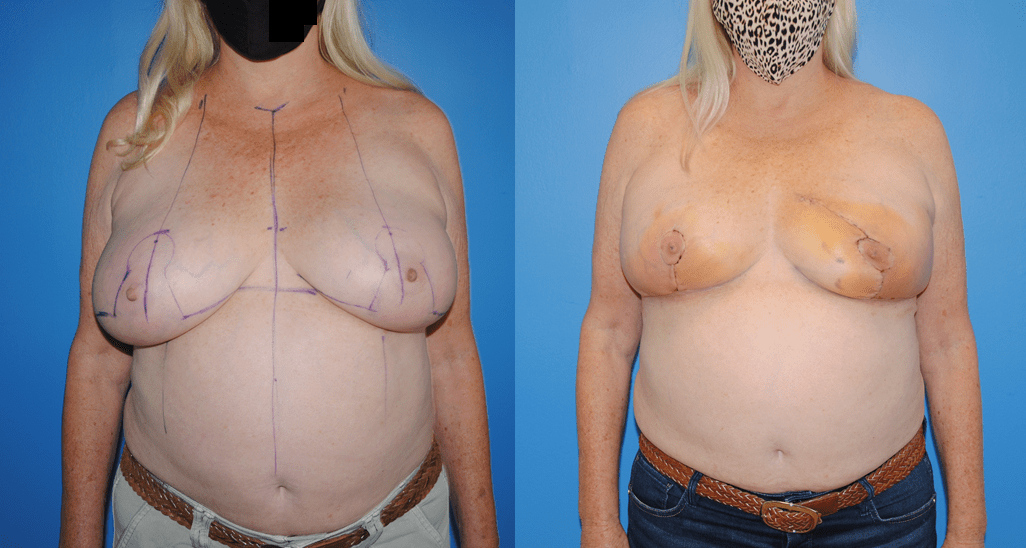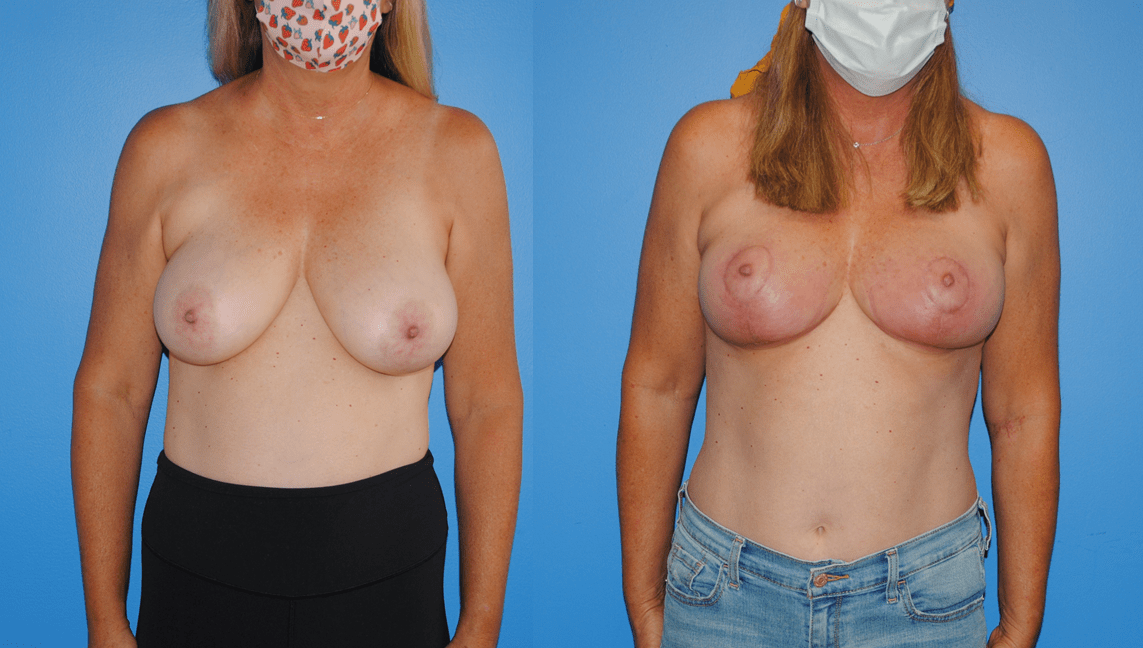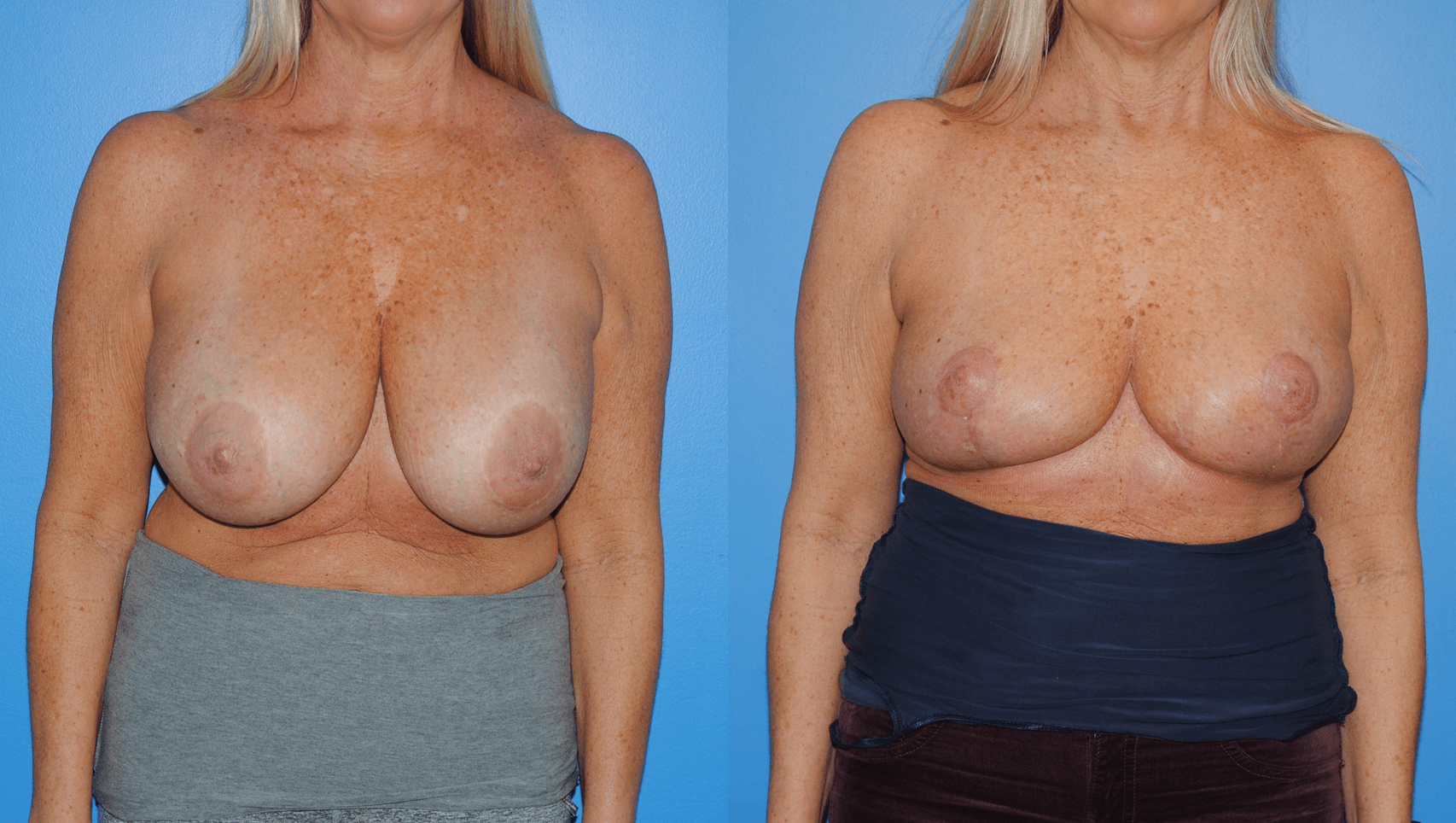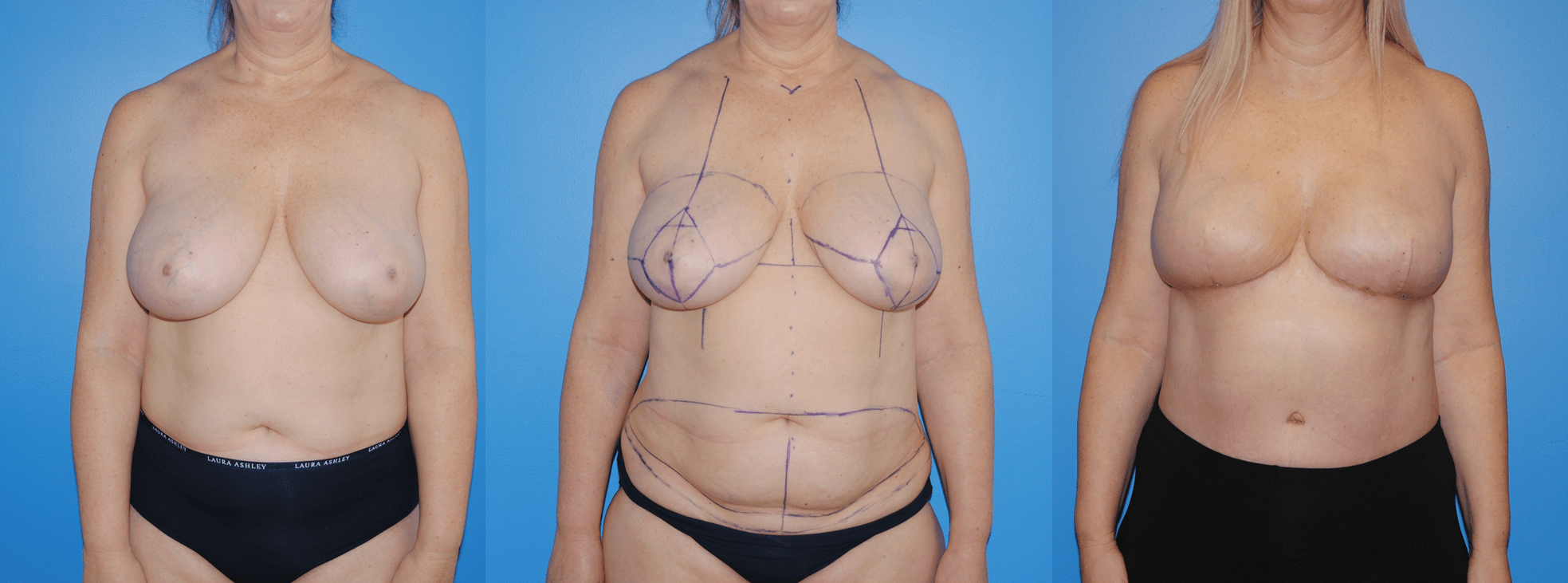Lumpectomy defects often need to be closed carefully to minimize scar contracture following radiation therapy. The reduction or mastopexy pattern actually facilitates radiation delivery as it produces a more compact target for a directed radiation beam. In general, radiation begins approximately 6 weeks after lumpectomy unless chemotherapy is to be initiated. It is important for all wounds to be healed…
